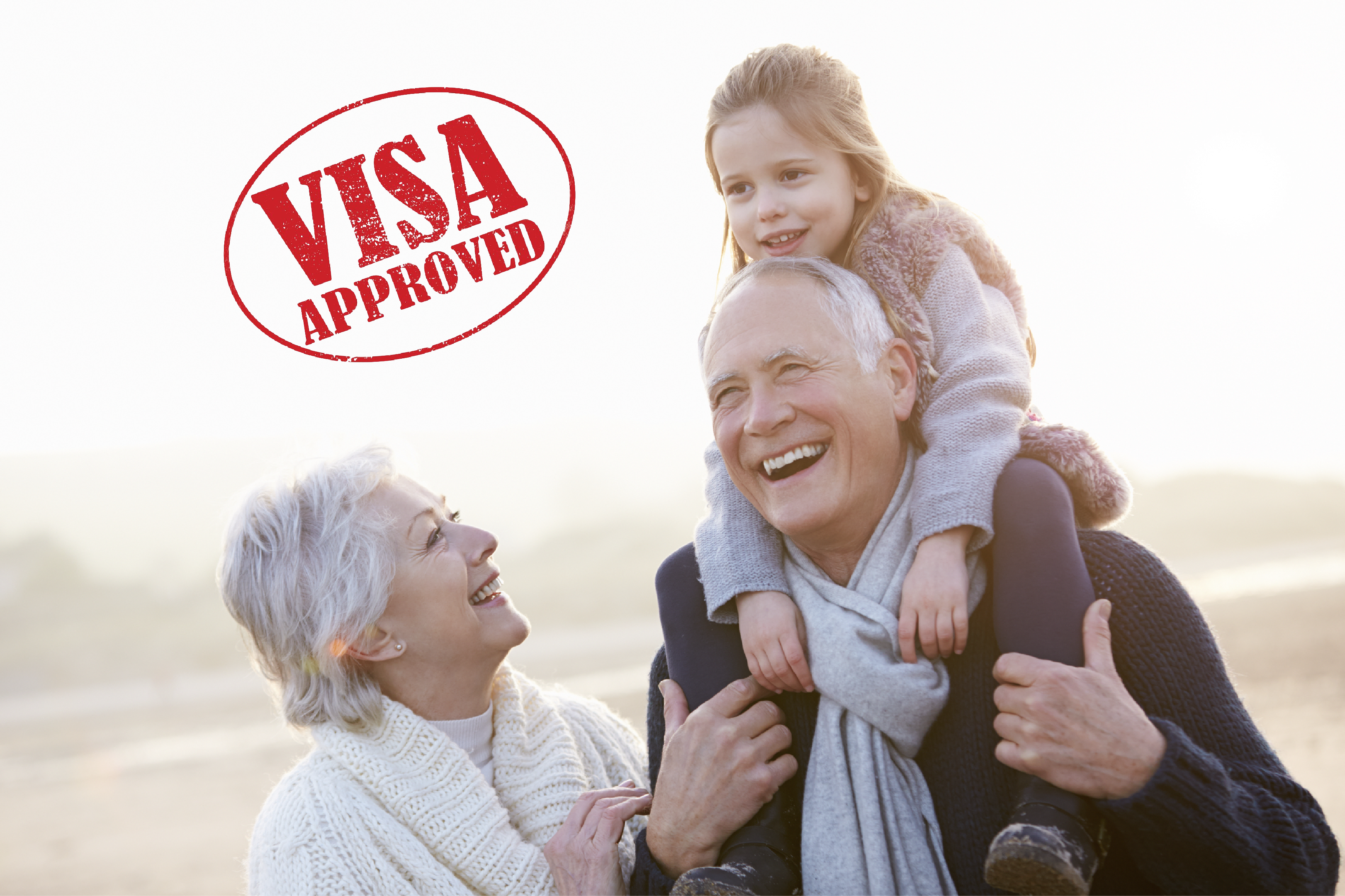IELTS Exam is a test of English language skills, read on to know all about IELTS, its types, scoring pattern and many more.
The thought of living and studying in an entirely new foreign country is enough to get anyone excited, isn’t it? However, the procedure to apply to universities abroad is indeed an exhilarating experience. At times, it can also become daunting and intimidating; especially the amount of paperwork one has to go through and are required to submit. One of the main documents that are involved is proof of English language proficiency and is required especially when you’re applying to study in a majority English-speaking country.
For this reason, standardized English language tests like IELTS are administered routinely throughout the year across various parts of the world. IELTS uses a nine-band scale from non-user (band score 1) to expert-user (band score 9) to identify the levels of proficiency. Those who are looking forward to going abroad especially to Live & Work in English speaking countries have to mandatorily qualify this exam. And in this article, we shall discuss the IELTS, its various types, and much more.
What is the IELTS Exam?

The International English Language Testing System, generally truncated as IELTS, is one of the most universally eminent normalized English language capability tests with millions of competitors consistently.
The test is controlled in organization with the British Council; the test is needed for the individuals who are not local English speakers (those whose first language isn’t English) yet are happy to study and work in English talking nations like the UK, USA, Canada, Australia, and New Zealand.
The up-and-comer who are applying for Canada Immigration or some other far off nation is tested across four areas of language:
- Speaking
- Listening
- Reading
- Writing
And based on the candidate’s proficiency they are given a score on a 0-9 scale for each component. The overall band score will be awarded based on the average of scores from all the four sections.
Numerous Universities that require a valid IELTS score notice their IELTS prerequisites on their official websites so you can be clear in your mind what your objective is. Generally, score requirements are above 6.5 (Overall), although it can vary from University to University. The IELTS Exam is held across 90 locations in India, so you don’t have to wait too long to take your test. And the IELTS test results are also valid for 2 years.
Learn the difference between Paper-based vs. Computer-based IELTS
Types of IELTS
- The Academic IELTS: It is designed for students who wish to pursue their higher education in an English-speaking country. The exam aims to assess your ability to learn and understand the academic language and requires a significant command of the English language from you. It is also targeted at professionals who wish to establish their own practices in an English-speaking country, such as physicians or nurses.
- The General IELTS: Those who wish to receive non-academic training or acquire job experience undergo the General Module. It is mainly taken for immigration purposes. The General Module tests conversational skills and the ability to converse in general social or business situations easily in English.
IELTS Academic Test Pattern
The entire test is conducted over 2 hours and 45 minutes, and comprises of three areas, with the speaking segment led independently (enduring 11-14 minutes).
Listening:
- The listening area comprises of 40 questions to be answered in 30 minutes (ten additional minutes to transfer the answers to the answer sheet in case of paper-pen mode).
- The test takers will listen to four different recordings based on which they will be required to answer the questions asked in the exam.
- Each question bears one mark spelling, while poor spelling and grammar are liable to be penalized.
- This section tests your ability to understand and respond to spoken English, and also how well you can understand and comprehend factual information and the opinions and ideas of the speakers.
Reading:

- The duration of the reading section is 60 minutes, comprising of 40 questions worth one mark each in total. You are expected to read three long passages, on the basis of which you will be asked a number of questions.
- The aim of the Reading section is to test your ability to understand the underlying ideas and views of the text, as well as to read for details, understand the points being made, and also to skim-read when there is a lack of time.
Writing:
- The duration of the writing segment is 60 minutes, within which you will have to complete two writing tasks.
- The ability to form opinions and articulate them, to write clearly and succinctly, and to form a balanced, well-informed argument are evaluated by these tasks. Not more than 20 minutes should be spent on task 1 and 40 minutes on task 2. Plagiarism, not reaching the word cap, and writing responses in bullets can lead to extreme penalization.
Speaking:
- The speaking portion is basically an interview between the candidate and the examiner, and is distributed over three sections, designed to assess your ability to talk and communicate clearly and articulately.
- Part 1 lasts 4-5 minutes, where the interviewer introduces himself and asks the candidate fundamental questions about himself, his occupation, and his hobbies. A card will be given to the candidate in Part 2, asking him to talk at length about a particular subject, which will last for 2-3 minutes. The examiner and candidate discuss the topic given in part 2 further in part 3, lasting 4-5 minutes.
How is IELTS General different from IELTS Academic?
- The IELTS Speaking test is the same for both Academic module and General Training module.
- The General Training Reading test takes 60 minutes similar to the Academic module but it contains 3 sections which contain two or three short texts or several shorter texts unlike the Academic test which contains 3 long texts.
- For the General Training Writing test, you need to write a letter and a short Essay. Whereas the Academic Writing test is usually a bit more formal where you are asked to describe a table, chart or diagram and write a short Essay.
- The Listening test takes approximately 30 minutes and it’s the same for both Academic and General Training.
Scoring Pattern
Speaking and writing are completely subjective and thus, based on the ability to communicate clearly and the use of the language, scores are given accordingly. There are 40 questions in Reading and Listening that hold 1 mark each. You get a single mark for each correct answer, which then accumulates into the final raw scores that you have. The raw score is paired with the corresponding band score to translate scores into bands.
The IELTS may seem like a cakewalk, but the reality is that students frequently arrive at the examination center and are taken aback by the test, not because their command of English is poor, but because the test format and scoring are not familiar to them. If you practice consistently and work on your reading and writing skills, scoring high on the exam is actually easy.





0 Comments